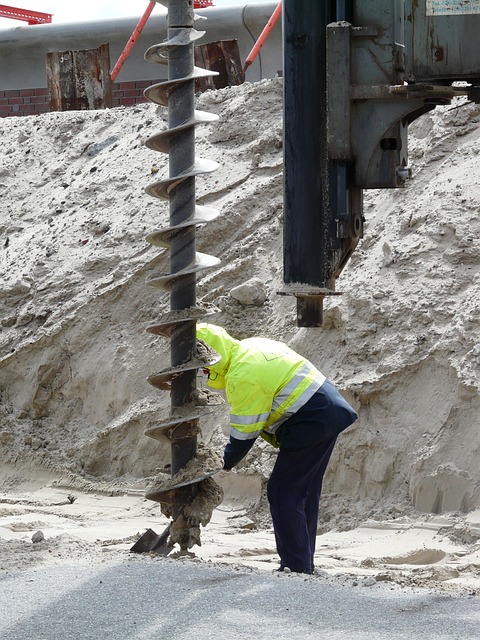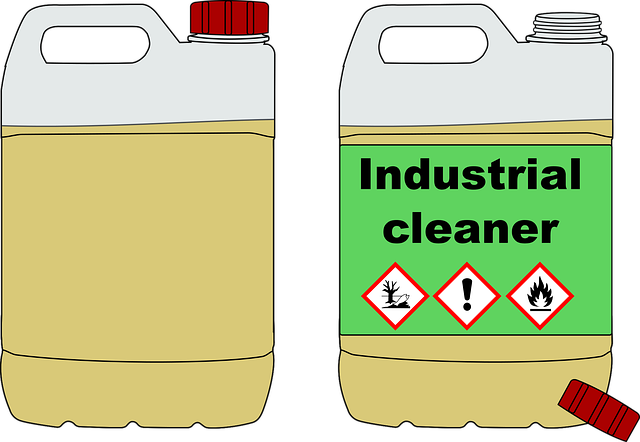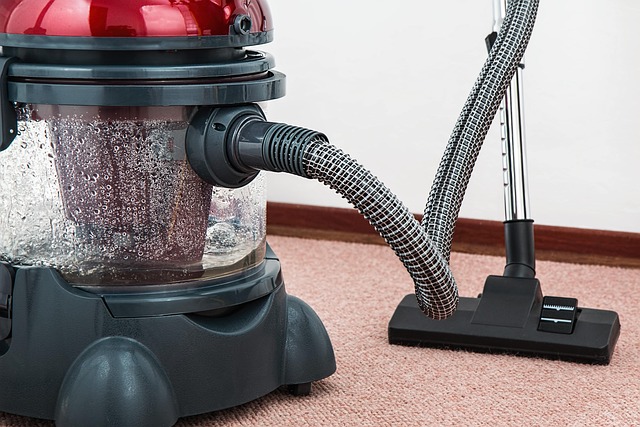Hazmat valve training is crucial for emergency personnel to safely handle hazardous materials. Traditional methods lack adaptability and realism, creating a gap between theoretical knowledge and practical skills. The DOT Compliant Dome Simulator offers an immersive, safe environment for hazmat teams to practice critical valve training equipment manipulation skills without exposure to dangerous substances. This advanced technology replicates diverse real-world scenarios, enhancing team coordination, decision-making, and overall emergency response efficiency while ensuring compliance with Department of Transportation (DOT) standards. In the digital age, interactive simulations like dome simulators are transforming hazmat training, building a culture of preparedness through frequent, targeted sessions.
In today’s digital era, enhancing safety measures for hazardous materials (hazmat) handling is paramount. Traditional training methods face challenges in replicating real-world scenarios, leading to knowledge gaps among teams. To address this, we introduce an innovative solution: the DOT compliant dome simulator, a game-changer for hazmat valve training equipment. This advanced simulation technology offers immersive, interactive learning experiences, fostering preparedness and proficiency in managing high-risk situations.
- Understanding Hazmat Valve Training and Its Importance
- Challenges in Traditional Hazmat Training Methods
- Introducing DOT Compliant Dome Simulator for Effective Learning
- Key Features of the Dome Simulator for Hazmat Teams
- Benefits of Using Advanced Simulations for Hazardous Materials Training
- Implementation and Future Prospects: Ensuring Safety with Cutting-Edge Technology
Understanding Hazmat Valve Training and Its Importance

Hazmat valve training is an essential component of preparing response teams for effective and safe handling of hazardous materials. In today’s world, where accidental releases or deliberate attacks with dangerous substances can occur at any time, proper training is crucial. This specialized instruction equips emergency personnel, including hazmat teams, with the knowledge and skills to identify, operate, and maintain various types of valves used in hazardous material response scenarios.
The importance of this training lies in ensuring that teams are ready to act swiftly and efficiently during critical incidents. DOT-compliant dome simulators, designed for such training purposes, offer a controlled environment where personnel can practice opening and closing valves, managing pressure, and containing materials. This equipment plays a vital role in enhancing team preparedness, improving decision-making abilities, and ultimately mitigating risks associated with hazardous material management.
Challenges in Traditional Hazmat Training Methods

In traditional hazmat training, one of the primary challenges lies in replicating real-world scenarios that accurately represent the complexities of hazardous material response situations. Often, exercises are confined to static, controlled environments, limiting the opportunity for teams to experience dynamic and unpredictable conditions. This can hinder their ability to adapt quickly and make critical decisions during actual emergencies, where every second counts.
Furthermore, traditional methods often rely heavily on manual processes for hazmat valve training equipment. This includes setting up intricate layouts with various valves, which is time-consuming, requires specialized personnel, and may not always be feasible in all training facilities. As a result, there’s a gap between theoretical knowledge and practical application, potentially leading to gaps in team preparedness. A more immersive and adaptable training solution is therefore needed to bridge this divide and ensure hazmat teams are equipped to handle the uncertainties of their high-stakes missions.
Introducing DOT Compliant Dome Simulator for Effective Learning

In the realm of hazardous materials (hazmat) management, effective training is paramount to ensure safety and compliance with Department of Transportation (DOT) regulations. Introducing a revolutionary tool, the DOT Compliant Dome Simulator, designed specifically for hazmat teams, offers an immersive learning experience like no other. This cutting-edge simulator provides a safe, controlled environment to practice critical skills and procedures related to hazmat valve training equipment.
The dome simulator replicates real-world scenarios, allowing trainees to navigate complex situations without risking exposure to hazardous substances. By utilizing advanced technology, it offers realistic simulations of various hazard scenarios, enabling teams to enhance their response capabilities. This innovative approach to training empowers hazmat professionals to make informed decisions, improving overall team performance and preparedness in adherence to DOT standards.
Key Features of the Dome Simulator for Hazmat Teams

The DOT compliant dome simulator is a cutting-edge tool designed specifically for hazardous materials (hazmat) response teams, offering them a safe and controlled environment to hone their skills. This innovative system replicates real-world scenarios, enabling teams to practice complex hazmat valve training equipment manipulation under various conditions. With its modular design, the simulator can create diverse, challenging situations, from leaking containers to emergency decontamination procedures.
Key features include customizable scenarios tailored to specific response protocols, realistic visual and audio feedback for immersive training, and advanced sensor technology to track equipment operation with precision. The simulator’s flexibility allows for continuous scenario updates, ensuring teams stay prepared for the ever-evolving challenges of hazmat incidents. This advanced training platform enhances team coordination, decision-making skills, and overall emergency response efficiency, making it an indispensable asset for any hazmat team aiming to maintain a high level of DOT compliance and readiness.
Benefits of Using Advanced Simulations for Hazardous Materials Training

In today’s digital era, advanced simulations offer a game-changing approach to hazardous materials (hazmat) training. Unlike traditional methods, these immersive experiences provide a safe and controlled environment where teams can navigate complex scenarios without putting themselves or others at risk. By utilizing cutting-edge technologies, hazmat valve training equipment integrated into these simulators allows for realistic practice of critical skills, such as identifying valves, operating equipment, and responding to emergencies. This not only enhances operational readiness but also ensures that team members are well-prepared to handle real-world challenges with confidence and precision.
Moreover, DOT compliant dome simulators offer a cost-effective alternative to traditional training methods. They can replicate various hazardous situations, enabling hazmat teams to gain diverse experience without the high costs associated with live exercises or the need for specialized physical environments. This versatility allows for more frequent and targeted training sessions, ultimately improving team performance and safety standards. By combining interactive simulations with standardized protocols, organizations can foster a culture of preparedness and resilience among their hazmat personnel.
Implementation and Future Prospects: Ensuring Safety with Cutting-Edge Technology

The implementation of a DOT compliant dome simulator for hazmat teams represents a significant leap forward in ensuring safety within the hazardous materials industry. This cutting-edge technology provides a controlled, realistic environment where first responders can practice and hone their skills, effectively preparing them for real-world scenarios. By simulating various emergency situations, including leaks, spills, and explosions, the simulator offers an invaluable training tool for hazmat valve training equipment.
Looking ahead, the future prospects of this technology are promising. Continuous advancements in virtual reality and simulation software will further enhance the realism and interactivity of these dome simulators, making them even more effective. This evolution will not only improve safety measures but also contribute to cost-efficiency by reducing the need for live-fire exercises and hazardous materials in training environments. Such innovations underscore the industry’s commitment to staying ahead in the realm of hazmat response, ultimately safeguarding both personnel and the general public.














